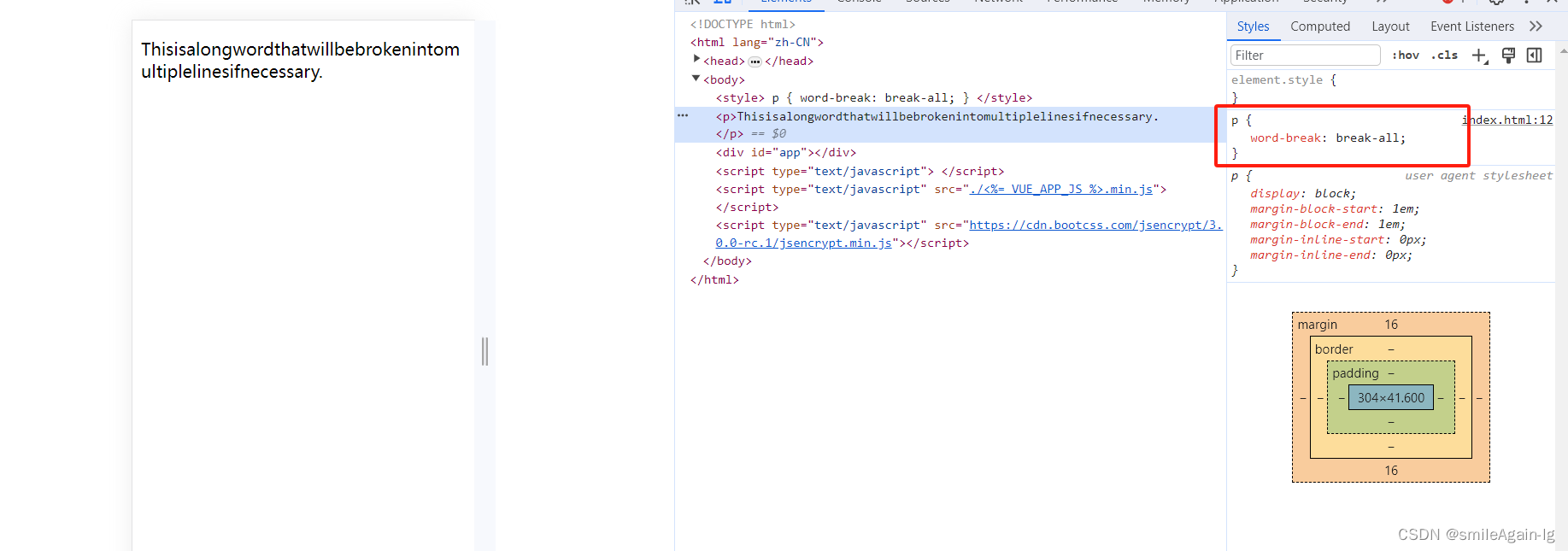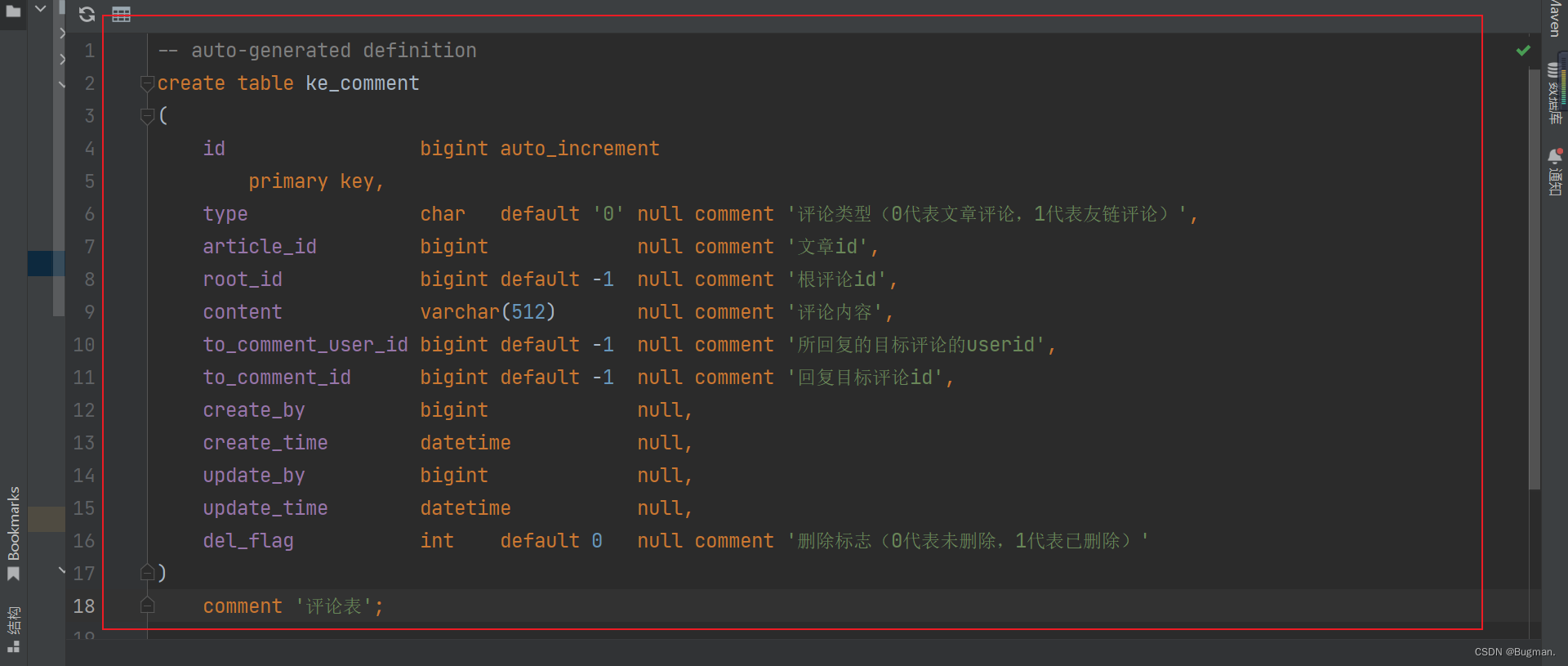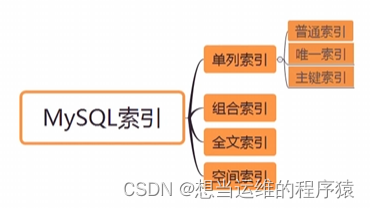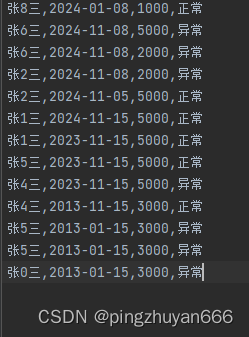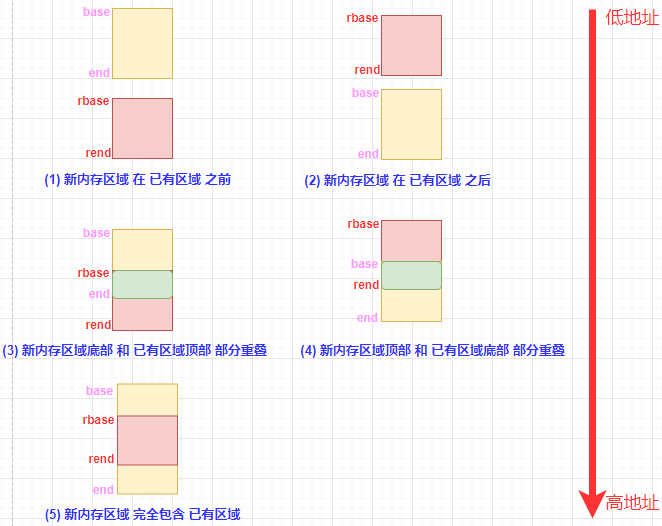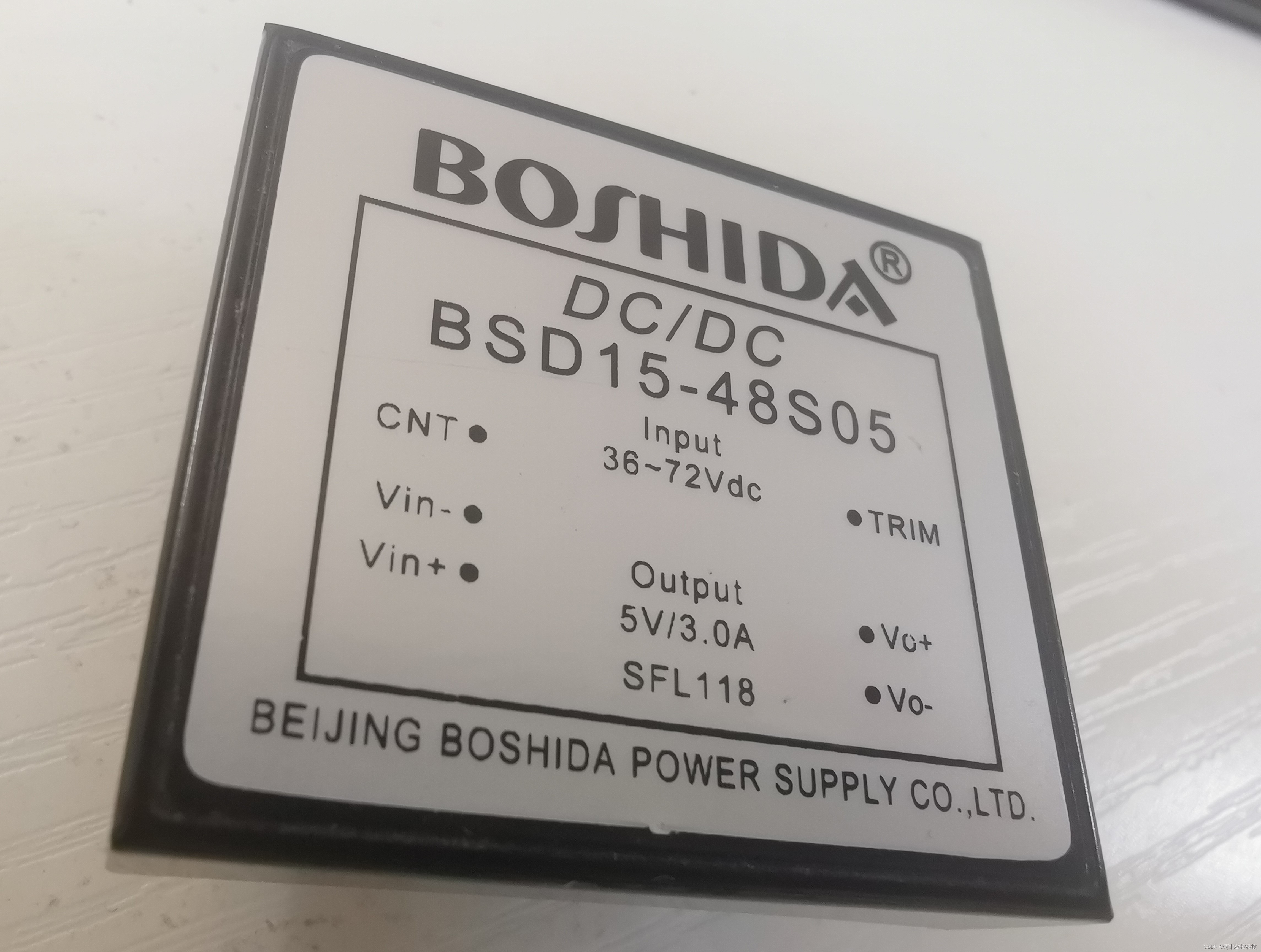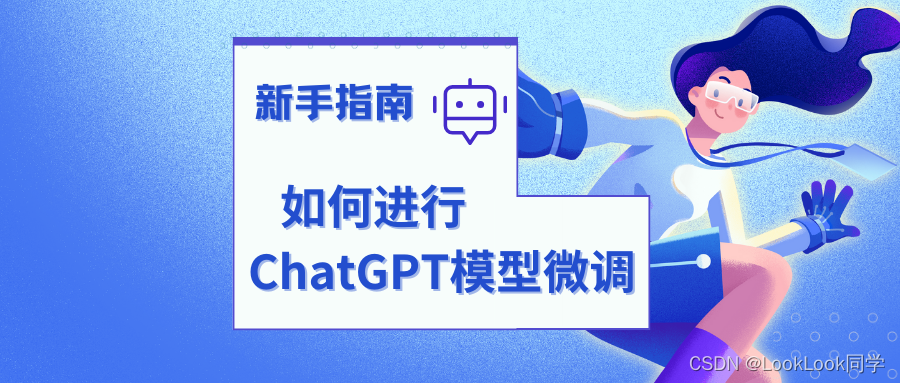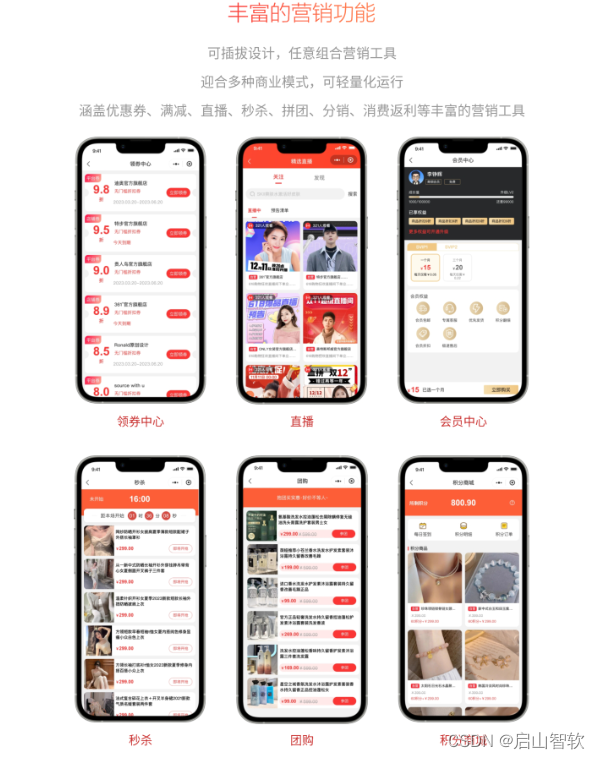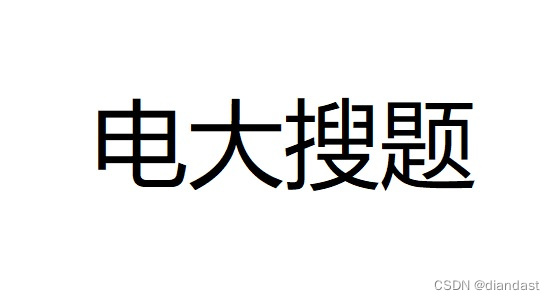之前写过一个关于websocket的博客,是看书时候做的一个demo。但是纸上得来终觉浅,这次实战后实打实的踩了不少坑,写个博客记录总结。
1.安装postman
websocket接口调试,需要8.5以及以上版本的postman
先把以前的卸载,直接exe安装就好
点击这个连接可以下载,或者去官网下载
https://download.csdn.net/download/qq_35653822/88419296
2.postman调试方法
2.1参考这个博客的postman调试方法
Postman进行Websocket接口测试_postman websocket-CSDN博客
2.2请求路径
不是http开头 而是ws开头
如 ws://127.0.0.1:9999/test/3
2.3测试方式
websocket接口和普通接口不同,需要先建立连接,再发送消息
建立连接时候这个url可以是pathvariable那种
如 /test/{id}

3.上代码
3.1controller层
1.@ServerEndpoint
这个注解算是websocket中极其重要的一个注解了
这里边要配置上前后端建立连接的url,后端返回前端内容的解析器。我这写了两个分别对应字符串和指定实体的解析器。以及websocket对应的config文件
2. @OnOpen @OnMessage
@OnOpen 前后端建立连接时走的方法,也就是postman点击connect按钮时候会走的方法
@OnMessage 前端给后端发送消息时走的方法,也就是postman点击send的时候会走的方法
3.session.getBasicRemote().sendObject();
后端给前端发送消息,此处根据类型不同,走不同的解析器。也就是@ServerEndpoint中的
encoders
4.注入bean
根据idea提示,需要用set方法注入
package websocket;
import com.fasterxml.jackson.databind.ObjectMapper;
import com.valley.common.result.Result;
import com.valley.system.enums.LinkType;
import com.valley.system.pojo.bo.ConnectResultBO;
import com.valley.system.pojo.form.SourceForm;
import com.valley.system.service.SysDataSourceService;
import lombok.extern.slf4j.Slf4j;
import org.springframework.beans.factory.annotation.Autowired;
import org.springframework.messaging.handler.annotation.MessageMapping;
import org.springframework.messaging.handler.annotation.SendTo;
import org.springframework.messaging.simp.annotation.SendToUser;
import org.springframework.stereotype.Component;
import org.springframework.web.bind.annotation.*;
import javax.websocket.EncodeException;
import javax.websocket.OnMessage;
import javax.websocket.OnOpen;
import javax.websocket.Session;
import javax.websocket.server.PathParam;
import javax.websocket.server.ServerEndpoint;
import java.io.IOException;
import java.security.Principal;
/**
* @Description: websocket url中得sourceId是为了指定websocket得连接
*/
@ServerEndpoint(value = "/linkTest/{sourceId}", encoders = {ServerEncoder.class,StringEncoder.class},configurator = WebSocketConfig.class)
@Component
@Slf4j
public class WebSocketController {
private static SysDataSourceService sysDataSourceService;
@Autowired
public void setDeviceListenerService(SysDataSourceService sysDataSourceService) {
WebSocketController.sysDataSourceService = sysDataSourceService;
}
/**
* 实现服务器主动推送
*/
public void sendMessage(String message, Session session) throws IOException {
session.getBasicRemote().sendText(message);
}
/**
* 连接建立成功调用的方法
*/
@OnOpen
public void onOpen(Session session, @PathParam("sourceId") String sourceId) throws EncodeException, IOException {
log.info("连接成功,sourceId:{}", sourceId);
session.getBasicRemote().sendObject(sourceId);
}
/**
* 收到客户端消息后调用的方法
*
* @param message 客户端发送过来的消息
*/
@OnMessage
public void onMessage(String message, Session session) throws Exception {
log.info("【websocket消息】收到客户端发来的消息:{}", message);
// 创建ObjectMapper对象
ObjectMapper objectMapper = new ObjectMapper();
// 将JSON字符串解析为JSON对象
SourceForm sourceForm = objectMapper.readValue(message, SourceForm.class);
//根据type判断是否是心跳连接
if(LinkType.HEARTBEAT.equals(sourceForm.getLinkType())){
//前端约定返回“pong”
session.getBasicRemote().sendObject("pong");
return;
}
ConnectResultBO bo = sysDataSourceService.linkTest(sourceForm);
try {
Result<ConnectResultBO> result = Result.success(bo);
session.getBasicRemote().sendObject(result);
//session.getBasicRemote().sendText(message.toString());
} catch (IOException e) {
e.printStackTrace();
}
}
}
3.2config层
1.需要配置在controller层的@ServerEndpoint中
@ServerEndpoint(value = "/api/v1/source/linkTest/{sourceId}", encoders = {ServerEncoder.class,StringEncoder.class},configurator = WebSocketConfig.class)
2. @Configuration修饰
因为要返回其他的bean
3.websocket的token上传返回
需要取header中的 Sec-WebSocket-Protocol 属性,并且返回给前端的时候也要在header中携带
package websocket;
import cn.hutool.core.lang.Assert;
import com.valley.system.config.Constant;
import jodd.util.StringUtil;
import org.springframework.context.annotation.Bean;
import org.springframework.context.annotation.Configuration;
import org.springframework.messaging.simp.config.MessageBrokerRegistry;
import org.springframework.security.oauth2.core.OAuth2AccessToken;
import org.springframework.web.socket.config.annotation.AbstractWebSocketMessageBrokerConfigurer;
import org.springframework.web.socket.config.annotation.EnableWebSocketMessageBroker;
import org.springframework.web.socket.config.annotation.StompEndpointRegistry;
import org.springframework.web.socket.server.standard.ServerEndpointExporter;
import javax.websocket.HandshakeResponse;
import javax.websocket.server.HandshakeRequest;
import javax.websocket.server.ServerEndpointConfig;
import java.util.Collections;
import java.util.List;
import java.util.Map;
/**
* @Description: websocket配置
*/
@Configuration
public class WebSocketConfig extends ServerEndpointConfig.Configurator{
@Bean
public ServerEndpointExporter serverEndpointExporter(){
return new ServerEndpointExporter();
}
/**
* 建立握手时,连接前的操作
*/
@Override
public void modifyHandshake(ServerEndpointConfig sec, HandshakeRequest request, HandshakeResponse response) {
// 这个userProperties 可以通过 session.getUserProperties()获取
//获取请求头
String token = request.getHeaders().get("Sec-WebSocket-Protocol").get(0);
Assert.notNull(token,"token不可为空");
//todo 之后需要对token进行解析校验
//OAuth2AccessToken accessToken = tokenStore.readAccessToken(token);
//前端会把空格传成 
//token = token.replace(Constant.NBSP," ");
//当Sec-WebSocket-Protocol请求头不为空时,需要返回给前端相同的响应
response.getHeaders().put("Sec-WebSocket-Protocol", Collections.singletonList(token));
super.modifyHandshake(sec, request, response);
}
/**
* 初始化端点对象,也就是被@ServerEndpoint所标注的对象
*/
@Override
public <T> T getEndpointInstance(Class<T> clazz) throws InstantiationException {
return super.getEndpointInstance(clazz);
}
}
3.3解析器
1.如果不配置,在调用
session.getBasicRemote().sendObject(sourceId);返回方法的时候会报此类型解析器不存在的错误
2.解析器写完之后要加到controller层的@ServerEndpoint中
@ServerEndpoint(value = "/api/v1/source/linkTest/{sourceId}", encoders = {ServerEncoder.class,StringEncoder.class},configurator = WebSocketConfig.class)
3.3.1实体解析器
package websocket;
import com.fasterxml.jackson.core.JsonProcessingException;
import com.fasterxml.jackson.databind.json.JsonMapper;
import com.valley.common.result.Result;
import com.valley.system.pojo.bo.ConnectResultBO;
import javax.websocket.Encoder;
import javax.websocket.EndpointConfig;
/**
* @Description: websocket发送给前端 泛型中Result<ConnectResultBO>是要发送的类型
*/
public class ServerEncoder implements Encoder.Text<Result<ConnectResultBO>> {
@Override
public void destroy() {
// TODO Auto-generated method stub
// 这里不重要
}
@Override
public void init(EndpointConfig arg0) {
// TODO Auto-generated method stub
// 这里也不重要
}
@Override
public String encode(Result<ConnectResultBO> responseMessage) {
try {
JsonMapper jsonMapper = new JsonMapper();
return jsonMapper.writeValueAsString(responseMessage);
} catch (JsonProcessingException e) {
e.printStackTrace();
return null;
}
}
}
3.3.2字符串解析器
现在复盘来看,我这个解析器写的完全没必要,如果要发送字符串 把
session.getBasicRemote().sendObject改为
session.getBasicRemote().sendText就行了
public class StringEncoder implements Encoder.Text<String>{
@Override
public String encode(String s){
return s;
}
@Override
public void init(EndpointConfig endpointConfig) {
}
@Override
public void destroy() {
}
}4.security权限过滤
这块踩了很久的坑,我们项目是开源项目改的,然后自己拆成了好几个微服务。我开始的时候只专注去改auth项目中的,不管是忽略路径permitall,还是加切面,还是加filter。都不生效。
最后,在公共项目common中找到一个关于security的配置,改了permitall,才生效
但是还要注意哈,既然在这里把权限放开了,那在config中,就得把权限校验加上
此处放开是因为,上边说过前端只能把token放到header的Sec-WebSocket-Protocol属性中,而不能像平时一样放到Authorization属性中。
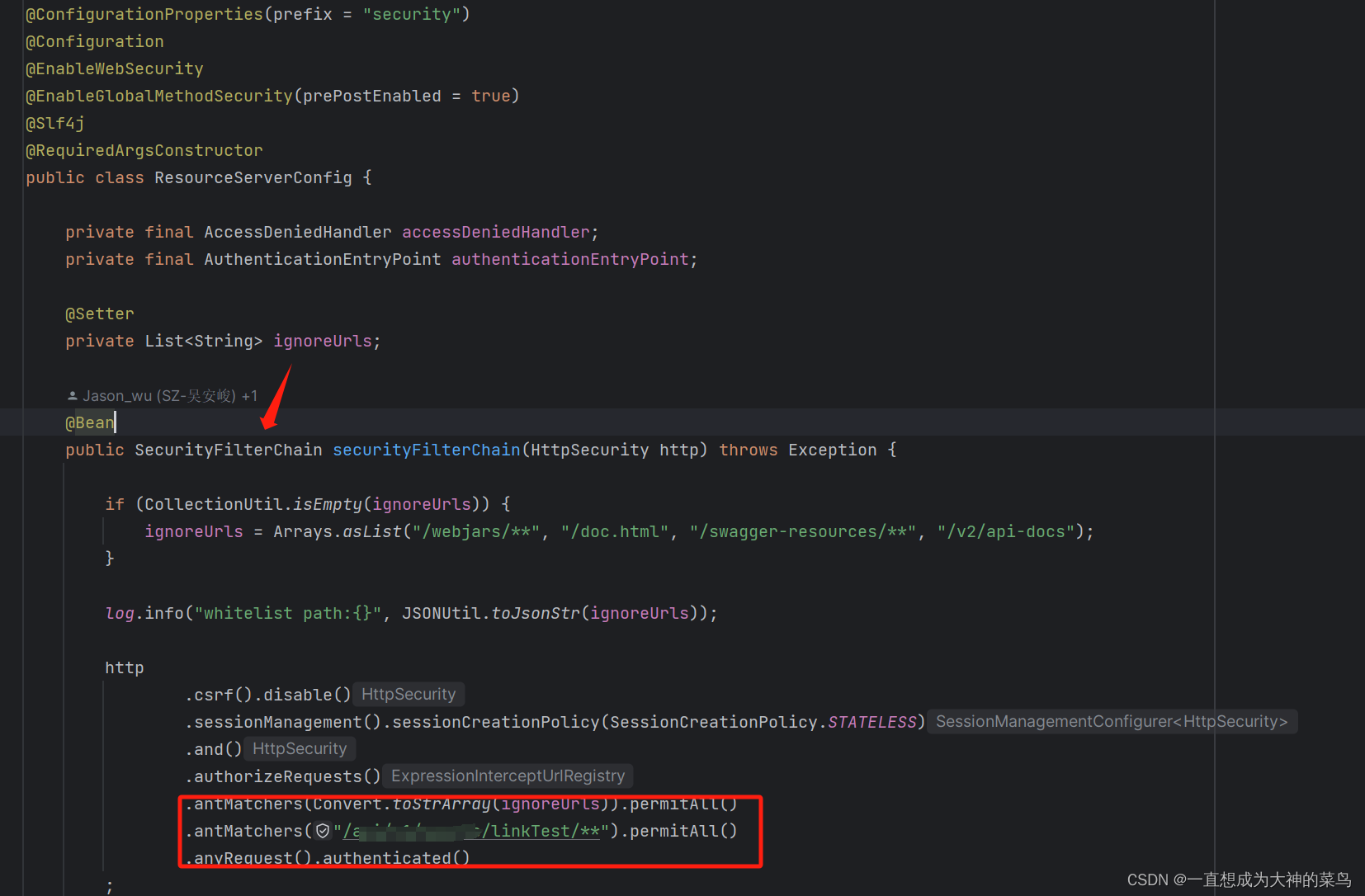 5.插曲
5.插曲
在进行实体转换的时候,前端多给我传了参数,引起了报错
objectMapper.readValue(message, SourceForm.class);
为了让代码健壮一点,给实体加了个注解
@JsonIgnoreProperties(ignoreUnknown = true)
Unrecognized field , not marked as ignorable解决办法-CSDN博客
